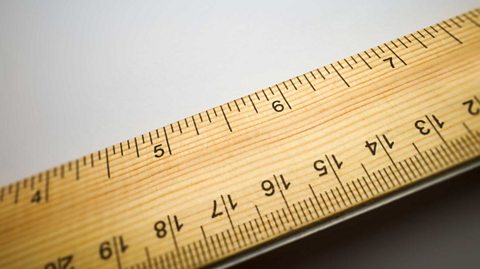Key points
- A variable is a factor that can be changed in an experiment.
- Identifying control variables, independent and dependent variables is important in making experiments fair.
- Knowing about variables can help you make scientific predictions and test them.
True or false?
When changing the height from which a ball is dropped to see how high it bounces, the height from which it is dropped can be a variable.
True.
Video - A series of experiments
Watch this video of a number of experiments being carried out.
After watching the video, make a note of what is being changed (the independent variable), measured (the dependent variable) and kept the same (the control variables)
Presenter 2: We want to understand some of the different types of variables. To do this, we are going to run through an experiment.
Presenter 1: For example, what will happen if I put a beaker on top of a candle?
Presenter 2: To investigate this, you need to think about the variables involved to obtain valid results.
Presenter 1: Variables are things that you can change or measure in an experiment.
Presenter 2: The independent variable is the one you change. The dependent variable is what you measure afterwards.
Presenter 1: In this experiment, we need to measure the time it takes to candle to go out. That is our dependent variable.
Students: Are we ready? AndтІout. OK, 11тІ
Presenter 2: So, let's change the volume of the beaker and that is our independent variable.
Student 2: Ready to start the time? AndтІ now. The bigger the beaker, the more oxygen can fit in which means it'll last longer,which is proven here.
Presenter 1: To make this a valid experiment, we need to make sure we only change one variable. Other variables are kept the same or controlled. The control variable is the candle, so we have to use identical candles.
Presenter 2: That means a brand new candle each time. We also need to seal the gap between the beaker and the mat to stop air escaping or entering. This helps us ensure only one variable is changing in this experiment.
Presenter 1: And this means our experiment is valid.
Presenter 2: So now, not only can we see the difference between independent and dependent variables, but we can also consider the control variable to ensure a valid experiment.
Planning an experiment
Variables
Scientists ask questions to find out more about the world, like тhow can we get more energy from the sun?т and тhow can we cure diseases?т. To answer these questions scientists do experiments. During experiments, factors that can change are called variables.
A variable is anything that can change and be measured. Two important types of variables are:
Independent variables т the variable that is being changed during the experiment
Dependent variables т the variable being tested or measured during the experiment
In an experiment, the effect of changing just one variable on another is tested - testing how the independent variable affects the dependent variable. For this reason, other variables must be controlled so that they don't affect the independent variable. These variables are control variableA variable which must be kept the same so that the result of the experiment is not affected..
Making predictions
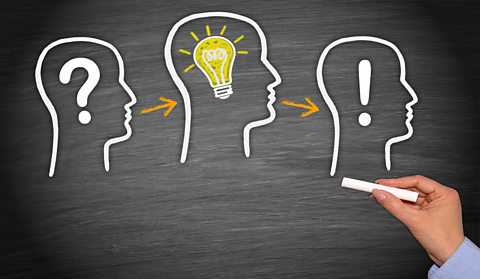
Making a scientific predictionA statement that describes what you expect to happen, according to scientific theory, during an experiment. involves saying what might happen.
Knowing which variables to control is important when designing experiments to find out if a prediction is right or wrong.
Identifying control variables makes sure that only the independent variable affects the dependent variable. This will ensure results from the experiment are validAn experiment is valid if it measures what it is supposed to be measuring. .

What type of variable is changed during an experiment?
The independent variable - the factor that is deliberately changed during the experiment
Variables in experiments
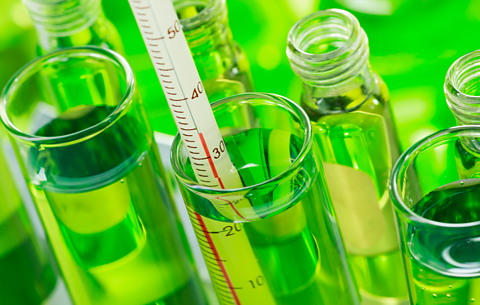
A variable is a factor that can be changed or measured. It is important to be able to identify variables in experiments. Below are some examples.

Experiments 1-4
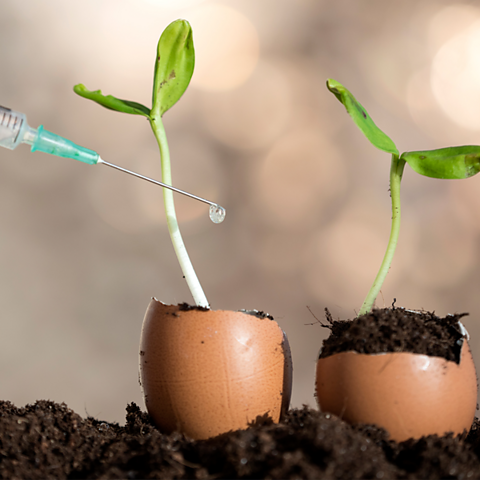
1. Plant growth and water
Adding different amounts of water to a plant could affect its growth. To investigate this, plant some seeds and water each plant with different amount over time.
The independent variableThe variable that is changed during an experiment. is the volume of water given to each plant.
The dependent variableThe variable that is measured in an experiment. is how high the plant grows.
control variableA variable which must be kept the same so that the result of the experiment is not affected. include the size of pots, the type of soil and the position in a room.

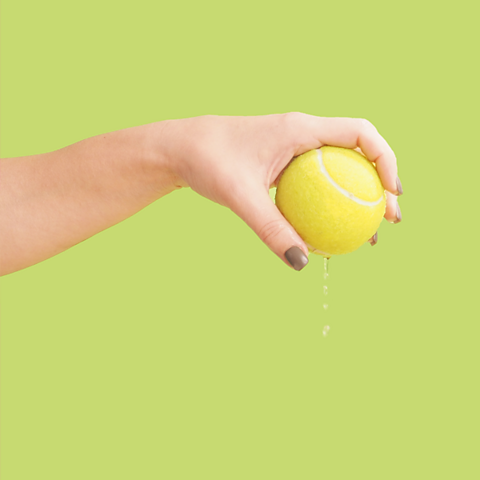
2. Dropping a ball from different heights
Dropping a ball from different heights could affect how high it bounces.
The independent variable is the height of the drop.
The dependent variable is how high the ball bounces.
Control variables include the type of ball, the surface that it is dropped onto and the size of the ball.

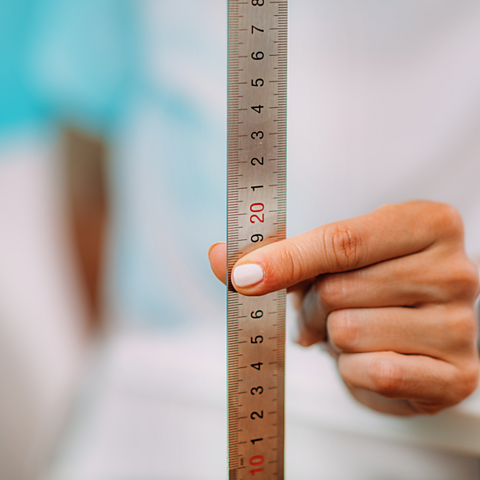
3. Testing reaction times
reaction timeThe time taken to respond to things that happen. can be investigated by dropping a ruler and seeing how quickly someone can grab it.
The independent variable is the person who is trying to catch the ruler.
The dependent variable is how far the ruler dropped.
Control variables include the position of the ruler above the hand and the distance between the finger and thumb.

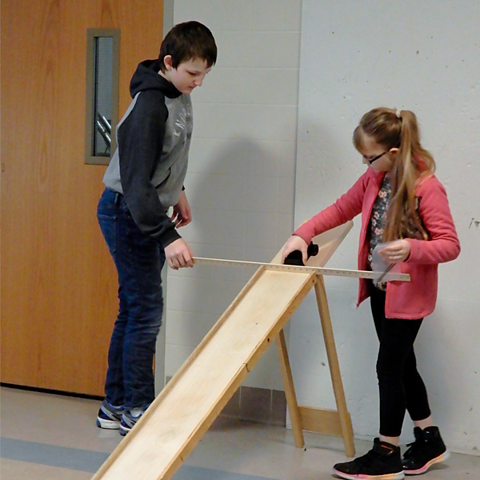
4. Speed and angle of a ramp
How the angle of a ramp affects the speed of a car can be investigated by timing how long the car takes to travel a certain distance.
The independent variable is the angle of the ramp.
The dependent variable is the speed the car travels.
Control variables include the distance that the car travels, the surface it travels over and the car.

True or false?
The dependent variable varies as the independent variable is changed.
True. The dependent variable is the one being tested or measured during the experiment
The biscuit experiment
Choose three different types of biscuit and follow the four steps below to carry out the experiment:
- Dunk each one in turn into a cup of tea.
- Time how long it takes for each biscuit to break in half.
- The one that takes the longest is the best for dunking.
- Now identify the dependent, independent and control variables in this experiment.
Activity - Biscuit variables
Test your knowledge
Quiz - Variables
Did you know?
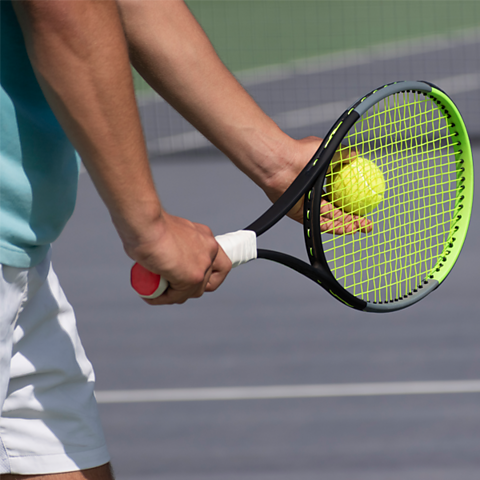
- Tennis balls at Wimbledon are stored at 20ТАC so that they all bounce in a similar way. The temperature is a variable being controlled.
- The balls can also become scuffed, which affects how they bounce - this is another variable.

Why are the balls changed during tennis matches?
The outside becomes worn or scuffed, and the temperature of the balls could change. Both of these things can affect the bounce.
Play the Atomic Labs game! gamePlay the Atomic Labs game!
Try out practical experiments in this KS3 science game.

More on Working scientifically
Find out more by working through a topic
- count3 of 11
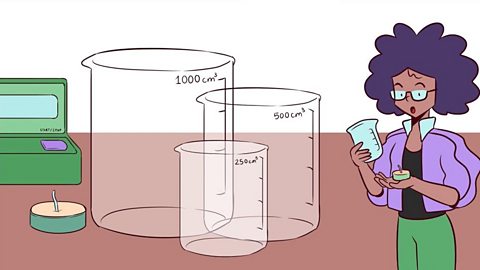
- count4 of 11
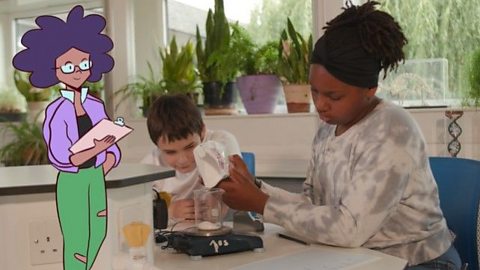
- count5 of 11
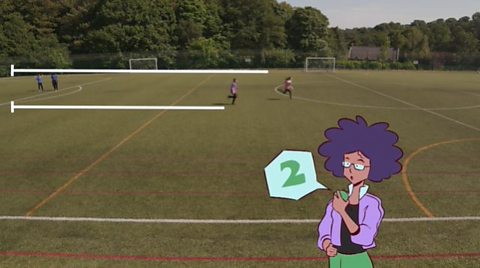
- count6 of 11
